Apr 25, 2025
Author:Sam Wonder
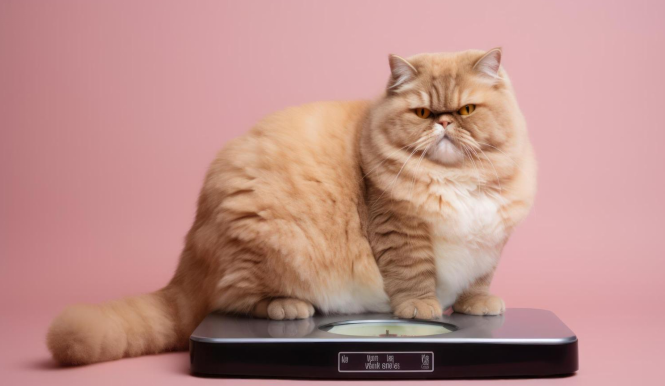
Have you ever wondered why your cat seems to have its own secret roadmap to staying fit? When a playful leap or a sudden nap holds clues about your pet’s health, it all boils down to healthy cat weight. Keeping your feline at just the right mass isn’t about vanity—it’s a lifeline to a longer, happier purr-filled life. With studies showing that up to 60% of cats are now overweight or obese, the quest for the perfect balance has never been more urgent. In this article, we’ll dive into the simple truths behind maintaining healthy cat weight, exploring the roles of food, play, and expert care. Along the way, you’ll pick up tips from a collection of essential tips for feline wellness that anyone can use at home.
Domestic cats generally fall between eight and twelve pounds, though that range widens with breed, age, and gender. A sleek Siamese might hover at the lower end, while a gentle Maine Coon can tip the scales closer to twenty pounds. Yet raw numbers don’t tell the full story—veterinarians trust the Body Condition Score (BCS), a nine- or five-point scale that rates fat cover and muscle tone.
By learning to run your fingers lightly over your cat’s ribs and observe a slight waist behind the ribcage, you’ll know if your cat’s weight is spot-on or if adjustments are needed to support healthy cat weight.
Small breeds, like the lithe Siamese, typically land between eight and twelve pounds, while larger cats such as Maine Coons can reach twenty pounds or more. Male cats often carry a few extra ounces compared to females.
For example, a fully grown female Norwegian Forest Cat might settle around twelve pounds, while her male counterpart could push toward sixteen. Recognizing the norms for your cat’s breed helps you steer clear of excess or deficit, preventing the pitfalls of obesity in cats and the fragility of an underweight cat.
Maintaining healthy cat weight isn’t just about how your cat looks; it determines their lifespan and joy. Overweight cats face higher odds of diabetes, arthritis, and heart disease, while underweight felines risk malnutrition and weakened immunity. Striking that balance means fewer vet visits and more lively play sessions. To learn how diet choices influence overall health, look for the fresh vs. processed cat food comparison.
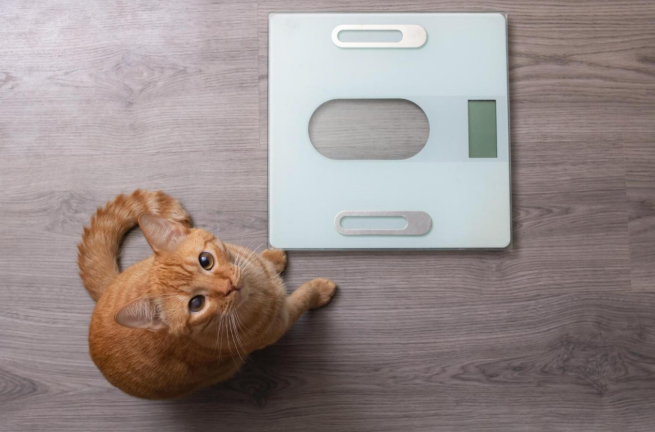
The Body Condition Score asks you to feel—not guess. On the 1–9 scale, a five means perfect trimness: ribs just under a thin layer of fat, a visible waist from above, and a gentle tummy tuck. On the 1–5 scale, a three is the Goldilocks spot. Run your hands along your cat’s sides. Can you feel ribs with gentle pressure? Do you spot a waist? If you’re unsure, explore this step-by-step guide to weigh your cat at home, which also covers common weighing methods.
You don’t need fancy tools. Step on the scale alone, then again with your cat cradled in your arms. The difference is your cat’s weight. Alternatively, place your cat in a carrier and subtract the carrier’s weight. Monthly checks catch trends early, helping you spot a drift from healthy cat weight before it becomes a problem.
While home checks help you stay on track, nothing beats a professional look. Your vet can confirm your cat’s BCS and suggest a custom plan if they notice rapid gain or loss. For cats with stubborn weight issues, your vet might recommend a therapeutic diet or refer you to a veterinary nurse who specializes in weight management.
Roughly 11.5–63% of cats worldwide struggle with extra pounds. Why? Free-feeding—leaving food out all day—makes it easy to overdo it. Neutering or spaying can slow metabolism, and indoor life often means fewer zoomies. Even well-meaning owners can slip by offering too many treats. For a deep dive into portion control tools, see this ultimate guide to automatic cat feeders.
At the other extreme, underweight cats suffer from inadequate nutrition, parasites, or medical issues like hyperthyroidism. Chronic kidney disease also leads to weight loss. If you spot protruding hips or a sunken tummy, consider this guide on underweight cats and consult your vet without delay.
Indoor cats may lounge more than they leap. Lack of stimulation leads to nibbling out of boredom. Stress—maybe from a new pet or a loud neighbor—can send some cats refusing food or biting more often, both of which upset healthy cat weight. Offering a cat hydration hack alongside play can soothe anxiety and keep your cat active.
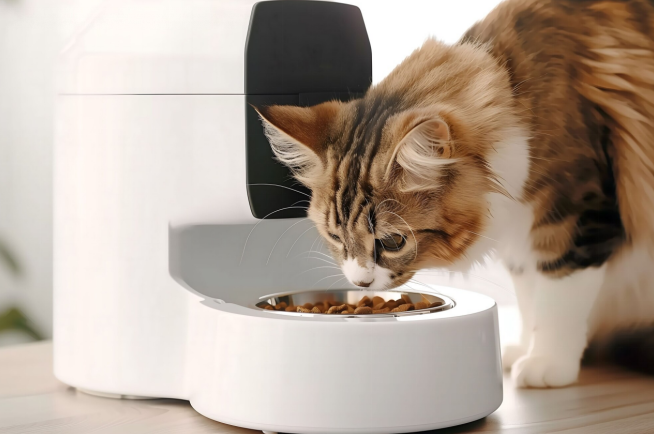
Choose a balanced diet that fits your cat’s life stage. Kitten, adult, and senior formulas differ in calories and nutrients. Measure servings precisely rather than free-feeding. If weight loss is the goal, vets often suggest calorie-restricted therapeutic diets. Be careful with treats—reserve them for training or special occasions. For smarter treat routines, explore stress-free automatic feeding routines.
Turning exercise into playtime is a winner. Interactive toys, puzzle feeders, and cat trees spark curiosity and movement. Set daily goals: five minutes of chase here, ten minutes of feather wand there. Fitness trackers designed for pets can help monitor activity. These habits support both mental and physical health, making exercise as fun as it is vital.
Working with your vet, plan regular weigh-ins and diet tweaks. Veterinary nurses often handle check-ins, offering encouragement and adjustments. Safe weight loss is about a half to one pound per month. If your cat’s energy flags, your vet may adjust the plan to maintain comfort.
For cats needing to gain, high-calorie diets can help. Always rule out medical causes first—parasites, dental pain, or disease. Once cleared, transition slowly to calorie-rich meals. Monitor progress and consult your vet if gain stalls.
After hitting weight goals, switch to a maintenance formula. Continue measuring portions to prevent sneak gains. Consider a WOpet’s automatic timed feeder to control meal timing and portions automatically.
Aim for vet visits once a year for adults and twice yearly for seniors. At home, keep using BCS checks and monthly weigh-ins. If you notice scale creep, revert to the weight-loss plan.
Consistency is key. Serve meals in the same spot at the same times. Rotate toys and scratch posts to keep play fresh. For water, many cats prefer flowing options—learn how to care for a cat water fountain to keep hydration safe and inviting.
You might resist cutting back on treats or feel guilty limiting portions. Remember: less is more when it supports healthy cat weight. Use slow transitions over a week to swap old habits for new ones.
Picky eaters and senior cats with arthritis can slow down. Offer warm, aromatic meals to entice appetite. Gentle play sessions can adapt to mobility limits—think wand toys within easy reach.
Switch diets gradually to avoid stomach upsets. Introduce new toys slowly to spark curiosity. And if hurdles appear, don’t hesitate to seek veterinary advice for a bespoke plan.
Managing healthy cat weight takes teamwork—yours, your cat’s, and your vet’s. From learning BCS to crafting a plan with portion control and play, each step safeguards against obesity and malnutrition. Keep up regular monitoring and adjust when needed. Now is the time to weigh your cat, note their BCS, and reach out to your veterinarian for guidance. A small shift today leads to purrs and head nudges for years to come—so start on that path to a healthier feline friend now!
Label:
Popular Post

What to Feed a Sick Dog With No Appetite? [2025 Guide]
May 16, 2023

Troubleshooting Common Issues with Automatic Pet Feeders: Tips & Tricks for Pet Owners
Oct 26, 2023
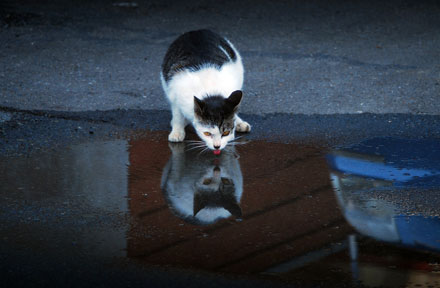
Why Does My Cat Cough After Drinking Water? 8 Potential Reasons
Mar 13, 2023
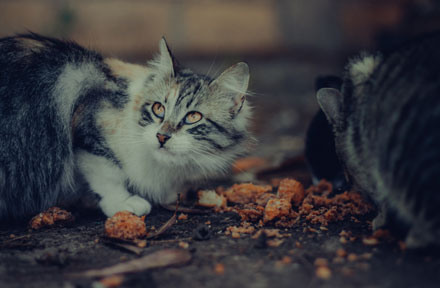
My Cat Only Eats A Little at A Time - What to Do?
Feb 27, 2023
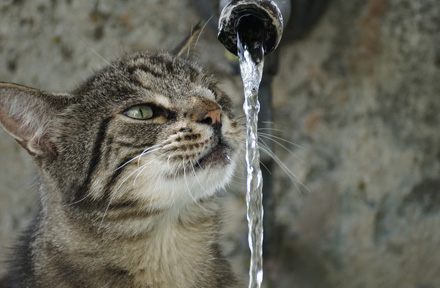
Why is My Cat Throwing up Water? Top 5 Causes Here
Feb 08, 2023
$99.99
$129.99
Copyright © 2025 WOPET. All Rights Reserved.